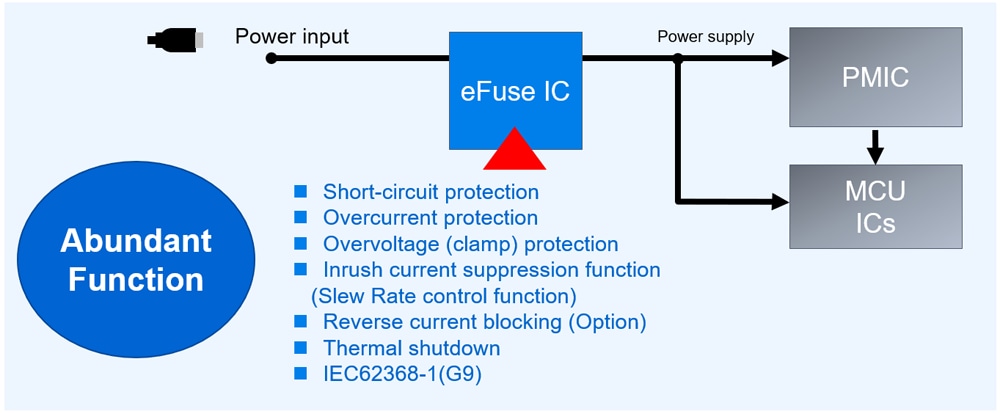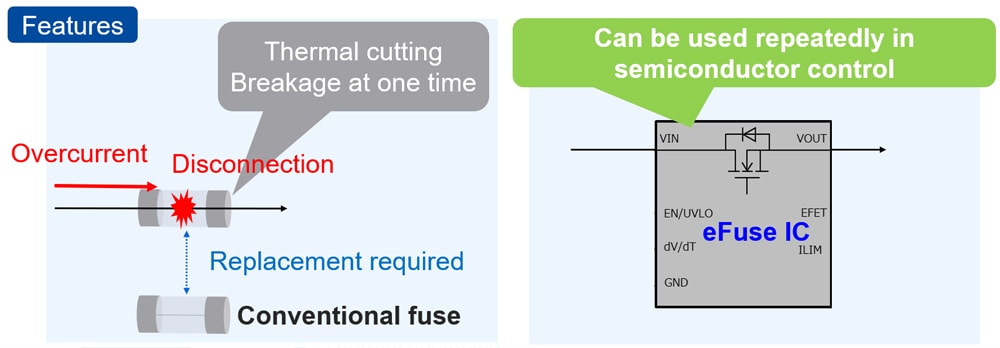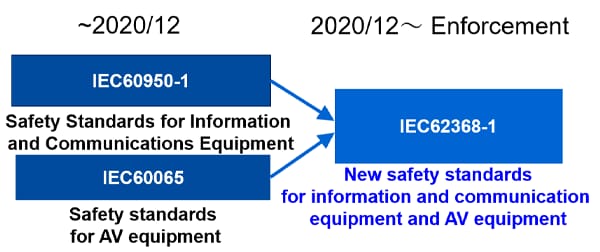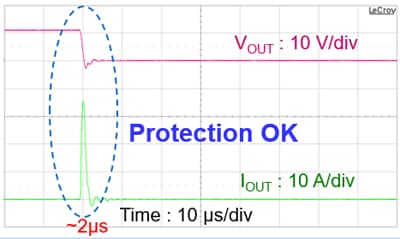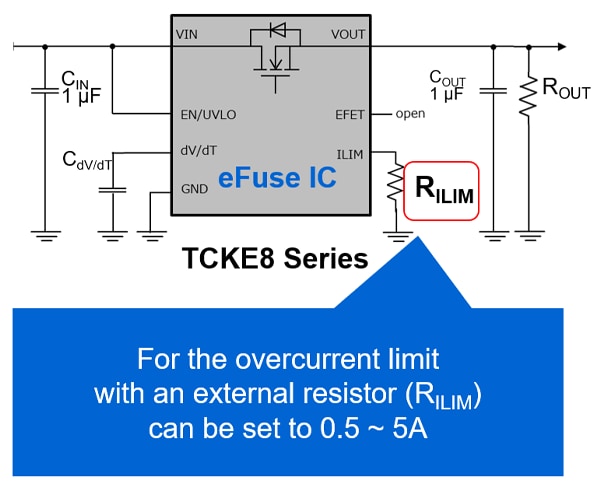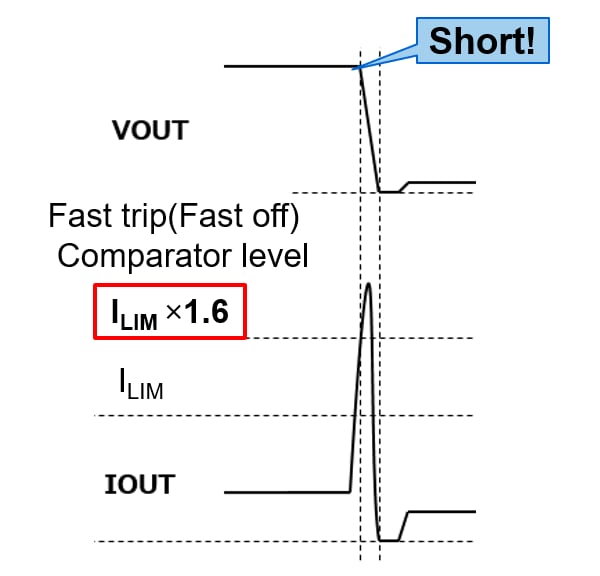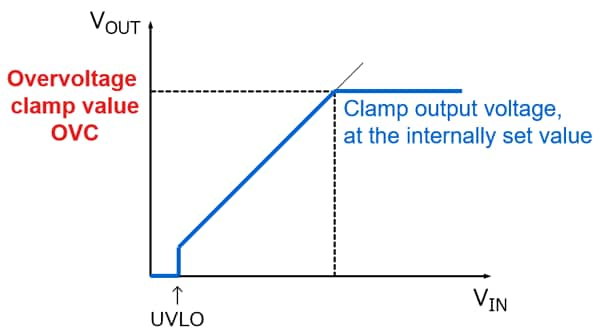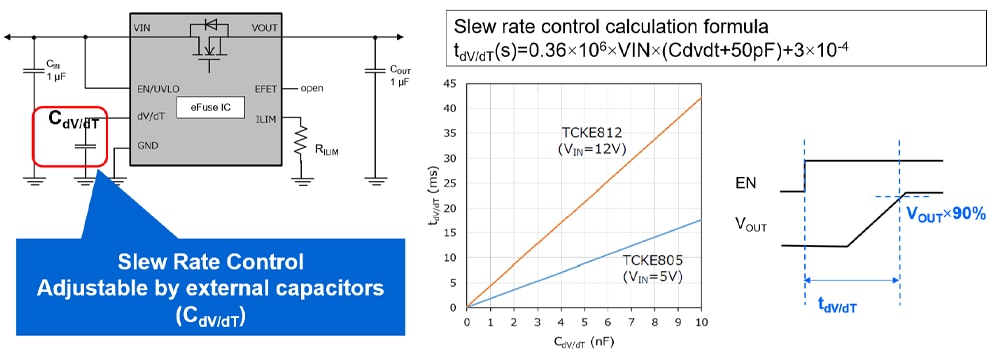- 半導體首頁
-
應用Automotive
Body Electronics
xEV
In-Vehicle Infotainment
Advanced Driver-Assistance Systems (ADAS)
Chassis
IndustrialInfrastructure
BEMS/HEMS
Factory Automation
Commercial Equipment
Consumer/PersonalIoT Equipment
Healthcare
Wearable Device
Mobile
Computer Peripherals
-
產品車用元件
Discrete Semiconductor
Diodes
電晶體
通用邏輯IC
Analog Devices
Digital Devices
Wireless Devices
※
: Products list (parametric search)
功率半導體※
: Products list (parametric search)
隔離器/固態繼電器Photocouplers
Digital Isolators
※
: Products list (parametric search)
MOSFETsIGBTs/IEGTs雙極性電晶體※
: Products list (parametric search)
Diodes※
: Products list (parametric search)
微控制器馬達驅動 ICs智能功率 ICs※
: Products list (parametric search)
電源管理 ICs線性 ICs※
: Products list (parametric search)
通用邏輯 ICs線性影像感測器其他產品其他產品
※
: Products list (parametric search)
-
開發/設計支援
開發 / 設計支援
-
技術知識
- 購買管道
- 型號 & 關鍵字搜尋
- 交叉搜尋
- 參數搜尋
- 線上庫存查詢跟購買
This webpage doesn't work with Internet Explorer. Please use the latest version of Google Chrome, Microsoft Edge, Mozilla Firefox or Safari.
型號需要超過三個文字以上 Search for multiple part numbers fromhere.
The information presented in this cross reference is based on TOSHIBA's selection criteria and should be treated as a suggestion only. Please carefully review the latest versions of all relevant information on the TOSHIBA products, including without limitation data sheets and validate all operating parameters of the TOSHIBA products to ensure that the suggested TOSHIBA products are truly compatible with your design and application.Please note that this cross reference is based on TOSHIBA's estimate of compatibility with other manufacturers' products, based on other manufacturers' published data, at the time the data was collected.TOSHIBA is not responsible for any incorrect or incomplete information. Information is subject to change at any time without notice.
型號需要超過三個文字以上
Advantages of Semiconductor-fuse eFuse IC (2)

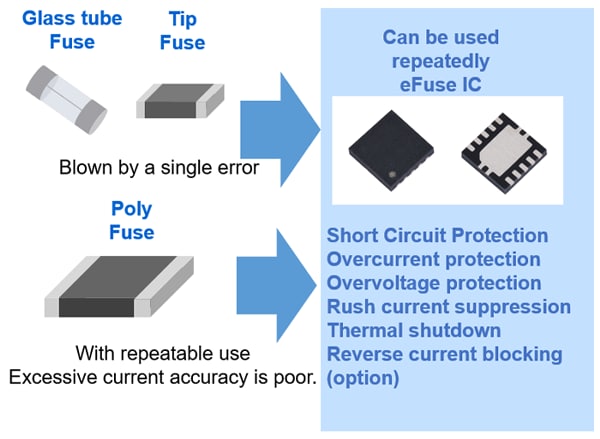
|
Glass tube |
Tip |
Poly |
Semiconductor fuse : eFuse IC |
|---|---|---|---|---|
Repeatability |
- |
- |
✓ |
✓✓✓ |
| Overcurrent protection Speed and accuracy |
- |
- |
- |
✓✓✓ |
Other protection functions |
- |
- |
- |
✓✓✓ |
Effect of ambient temperature |
- |
- |
- |
✓✓✓ |
Single unit mounting area |
- |
✓✓ |
- |
✓ |
| Including protection circuit Total mounting area |
- |
- |
- |
✓✓✓ |
Cost of individual parts |
✓ |
✓✓ |
- |
✓ |
| Function and maintenance Including total costs |
- |
- |
- |
✓✓✓ |
Compared with conventional fuses, eFuse IC has the advantage of superior protective performance.
Comparing with repeatedly usable conventional fuses, such as poly fuses, eFuse IC has the advantage of excellent accuracy of overcurrent protection and high protection speed.
In addition, it has built-in protection functions such as overvoltage and Reverse Current Bloking (RCB) function.
The efuseIC itself is larger than the chip fuse, but eFuse IC becomes overwhelmingly small in the total mounting area including the protective functions of peripheral ICs and components, such as overvoltage and slew-rate control.
Although a cost of an eFuse IC is higher than a conventional fuse, considering the total cost, such as integrating protective functions and eliminating maintenance work, we believe that eFuse IC will be low.
eFuse IC基礎知識
Related information
- Product Web Page
- Applidcation Notes
- FAQ
- Parametric searches for all Toshiba eFuse IC products are available here:
- Stock Check & Purchase Toshiba eFuse IC here


